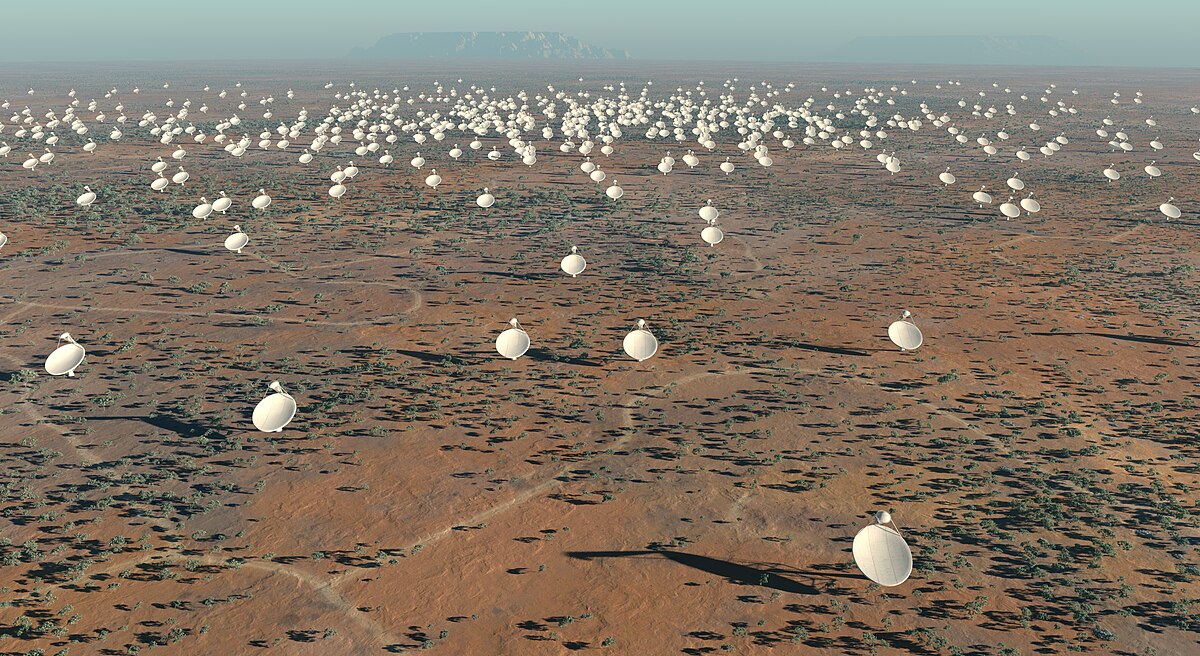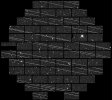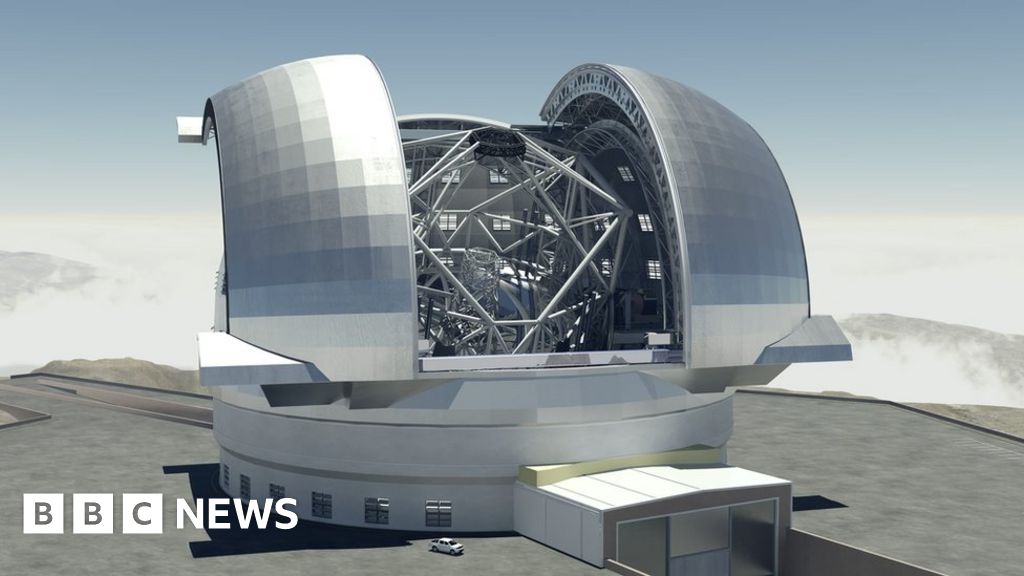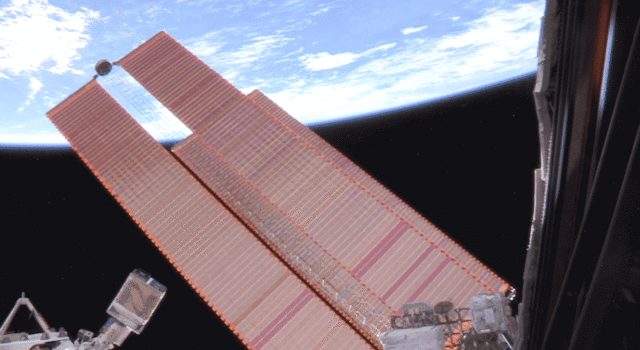So put the observatories in high earth orbit, above the starlink satellites, that will also remove all the atmospheric problems they have. If every launch of 60 starlink satellites had a free space reserved for an astronomy satellite then we could get some fantastic space telescopes up there! That would be 700 astronomical satellites by the time they reach their target of 42000 starlink satellites, and then they are going to be replacing the starlink satellites every 5 years, so it is 700 astronomical satellites, or segments of astronomical telescope every 5 years. Remembering that a space telescope does not need the huge structures of ground telescopes because they don't have to fight gravity to keep their segments in place.
Your self appointed punditry is always rather amusing but this time, Nigel you've gone totally off the rails. I've rarely seen anything more arrogant, condescending and at the same time downright uniformed and ignorant!
While we have the world's leading astronomers and scientific organizations up in arms with alarm over the deleterious effects on astronomical observation of these newly launched and upcoming swarms of commercial communications satellite constellations, you on the other hand are completely dismissive,
as if you know better than the people who have dedicated their entire professional careers to these endeavors.
There are literally
hundreds of major astronomical observatories around the world and many thousands of others of smaller scale, especially at academic institutions. The vast majority of these are earth based. Many of these are involved in vital, leading edge research that simply can not be conducted from earth orbit. - (
list of largest optical reflecting telescopes)
Major new observatories designed to advance numerous fields of research into the cosmos are currently under construction and will be coming online over the next few years and indeed decades. These cutting edge observatories have capabilities that far exceed what even space based telescopes such as the Hubble can achieve.
For example, there is the ELT currently under construction in Northern Chile -
The Extremely Large Telescope (part of the
European Southern Observatory) began construction in 2017 at a cost of 1.54 billion dollars USD. It is the largest optical telescope ever built. It has a primary mirror of 130 feet in diameter with secondary mirror of 14 feet, supported by adaptive optics, eight laser guide star units and multiple large science instruments. "The observatory aims to gather 100 million times more light than the human eye, 13 times more light than the largest optical telescopes existing in 2014, and be able to correct for atmospheric distortion. It has around 256 times the light gathering area of the Hubble Space Telescope and, according to the ELT's specifications, will provide images 16 times sharper than those from Hubble".
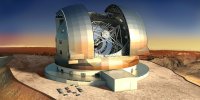

Then there is the Vera C. Rubin Observatory, also known as the Large Synoptic Survey Telescope (LSST), also currently under construction in Chile. The Rubin Observatory has some rather remarkable capabilities that far exceed other wide field reflecting telescopes. Nothing else comes close. Again, no earth orbit telescopes can achieve what this one does! It is not yet fully operational but the first 3200 megapixel digital photos were released only two weeks ago!
- 27-ft (8.4-m) mirror, the width of a singles tennis court
- 3200 megapixel camera
- Each image the size of 40 full moons
- 37 billion stars and galaxies
- 10 year survey of the sky
- Up to 10 million alerts, 1000 pairs of exposures, 20 Terabytes of data .. every night!
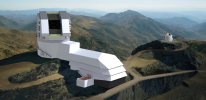
Both earth based astronomical observatories and space based observatories each have their unique strengths and shortcomings. Space based telescopes, as amazing as they are are highly specialized, as are some earth based ones, especially as to the spectra they are sensitive too. For this reason, scientists have begun exploring the coordinated use of both space telescopes and ground based telescopes for specific types of scientific observations.
What’s Possible When Earth and Space-based Telescopes Work Together?
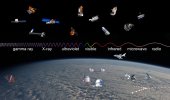 But then there is you, Nigel, who patronizingly and dismissively suggests that the entire world dispose of these remarkable, upcoming and previously existing outrageously expensive earth based observational devices, their enormous value to the scientific community and the scientists themselves who built their entire academic careers in designing and operating them.
But then there is you, Nigel, who patronizingly and dismissively suggests that the entire world dispose of these remarkable, upcoming and previously existing outrageously expensive earth based observational devices, their enormous value to the scientific community and the scientists themselves who built their entire academic careers in designing and operating them.
According to you, who needs the
Extremely Large Telescope? Let's chuck it!
According to you, who needs the
Vera C. Rubin Observatory/Large Synoptic Survey Telescope? Let's ditch that one too!
Of course, while we're at it let's completely abandon the entire field of earth based optical astronomical observation as practiced by literally millions of professionals, scholars, educational institutions and amateur astronomers world wide. Hey, who needs people like Carolyn and Eugene M. Shoemaker and David Levy who in 1993 observed and documented comet
Comet Shoemaker–Levy 9 before it crashed into Jupiter taken with the
Schmidt telescope at
Palomar Observatory? Or
Comet Hale-Bopp discovered by
Alan Hale ( a professional) and
Thomas Bopp (an amatuer) in 1995 before it became visible to the human eye? Or any of the numerous discoveries made by both professionals
and amateurs peering through their telescopes, sometimes standing at night out in a farmer's field. Individual, real time phenomenon simply cannot be achieved without the sort of nimble, keenly observed observations from individuals using optical scopes compared with the sort of sky based surveys you are advocating as a total replacement for traditional astronomy.
And then there is the fact that even if it were practical to switch all astronomical observations to earth orbit arrays, the cost would be completely prohibitive.
Buy hey, Nigel, you know far better than the all scientists, solar and planetary astronomers, astrophysicists, cosmologists, academicians and scholars whose work regularly benefits from these earth based telescopic observations as does the entire rest of mankind, don't you?.
But what the hell, Nigel, let's ditch all this scientific observation so we can have convenient high speed, ubiquitous internet and cell phone service at a yet to be revealed price so as to benefit private industry and the individuals who can afford it.
Galileo would be rolling over in his grave.


